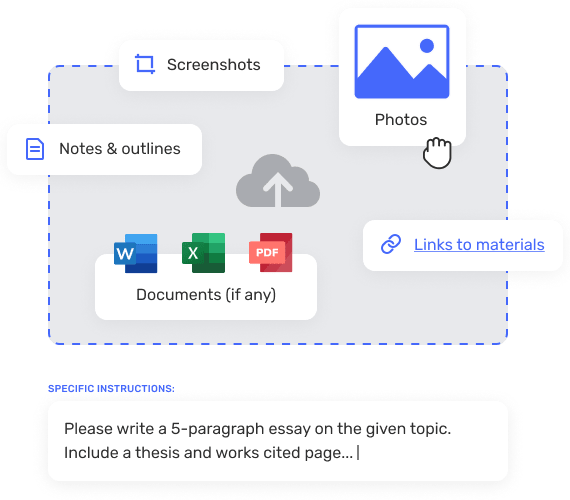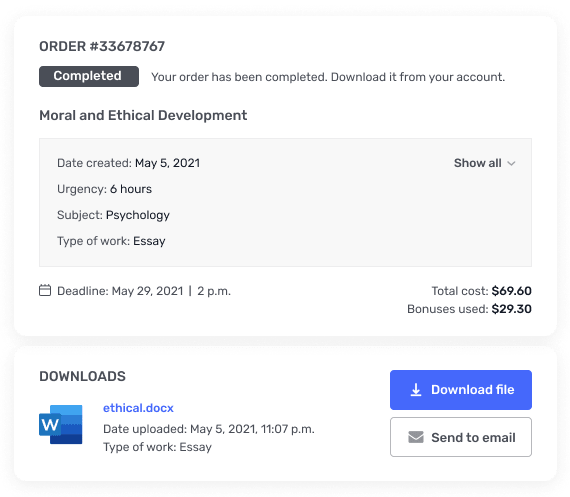Trident MGT411 module 2 case an SLP
Module 2 – Case
PERSUASION, MINIMUM WAGE, AND HR LAW
Assignment
Overview
The Power of Persuasion
Those who are able to persuade
have an innate power that can assist them throughout their career. According to
Cogner (1998):
The
concept of persuasion, like that of power, often confuses and even mystifies
businesspeople. It is so complex—and so dangerous when mishandled—that many
would rather just avoid it altogether. But like power, persuasion can be a
force for enormous good in an organization. It can pull people together, move
ideas forward, galvanize change, and forge constructive solutions. To do all
that, however, people must understand persuasion for what it is—not convincing
and selling but learning and negotiating. Furthermore, it must be seen as an
art form that requires commitment and practice, especially as today’s business
contingencies make persuasion more necessary than ever (p. 95).
At times, HR managers and
professionals will need to use their persuasion skills when dealing with
employees and organizational issues. As a practical example, when dealing with
an organizational change, there will be many employees who will resist and
oppose the change. As such, HR managers and professionals could use their
persuasion skills to help employees understand the benefits of the
organizational change. Therefore, there are four main steps to persuade:
1
Establish Credibility
The first hurdle persuaders must
overcome is their own credibility. In the workplace, credibility grows out of
two sources: expertise and relationships. People are considered to have high
levels of expertise if they have a history of sound judgment or have proven
themselves knowledgeable and well informed about their proposals.
2
Frame the Common Ground
Even if your credibility is high, your
position must still appeal strongly to the people you are trying to persuade.
After all, few people will jump on board a train that will bring them to ruin
or even mild discomfort. Effective persuaders must be adept at describing
their positions in terms that illuminate their advantages.
3
Provide Evidence
With credibility established and a
common frame identified, persuasion becomes a matter of presenting evidence.
Ordinary evidence, however, won’t do. We have found that the most effective
persuaders use language in a particular way. They supplement numerical data
with examples, stories, metaphors, and analogies to make their positions come
alive. That use of language paints a vivid word picture and, in doing so,
lends a compelling and tangible quality to the persuader’s point of view.
4
Connect Emotionally
Good persuaders are aware of the primacy
of emotions and are responsive to them. Perhaps more important, however, is
that effective persuaders have a strong and accurate sense of their
audience’s emotional state, and they adjust the tone of their arguments
accordingly.
*** Cogner, J.A. (1998). The Necessary
Art of Persuasion. Harvard Business Review, May-June Issue.
Case
Assignment
Drawing on the material in the
background readings and doing additional research, please prepare a 2- to
4-page paper (not including the cover and reference pages) in which you:
·
Write a speech for persuading employees to embrace a
technological change at your organization. You will use the four steps
mentioned above.
Assignment
Expectations
Your paper will be
evaluated on the following points:
·
Precision: Does the paper address the question(s) or task(s)?
·
Clarity: Is the writing clear and are the concepts articulated
prop
Module 2 – SLP
E-CIGARETTES
Do some research and
then take a stance on allowing e-cigarettes in the workplace. Prepare a
comprehensive PowerPoint presentation with facts, statistics, and other
relevant and credible information) that you will use during your meeting with
Mario underscoring your decision on e-cigarettes. The PowerPoint will also be
shared with the CEO the following day. Also, create a memo that you will
send-out to all employees regarding the use of e-cigarettes in the workplace.
You should have at least 15-20 slides. Once you have completed the PowerPoint
presentation, you will use “Record Narration” to record your
presentation using a microphone. Your presentation should be at least 5 minutes
long.




